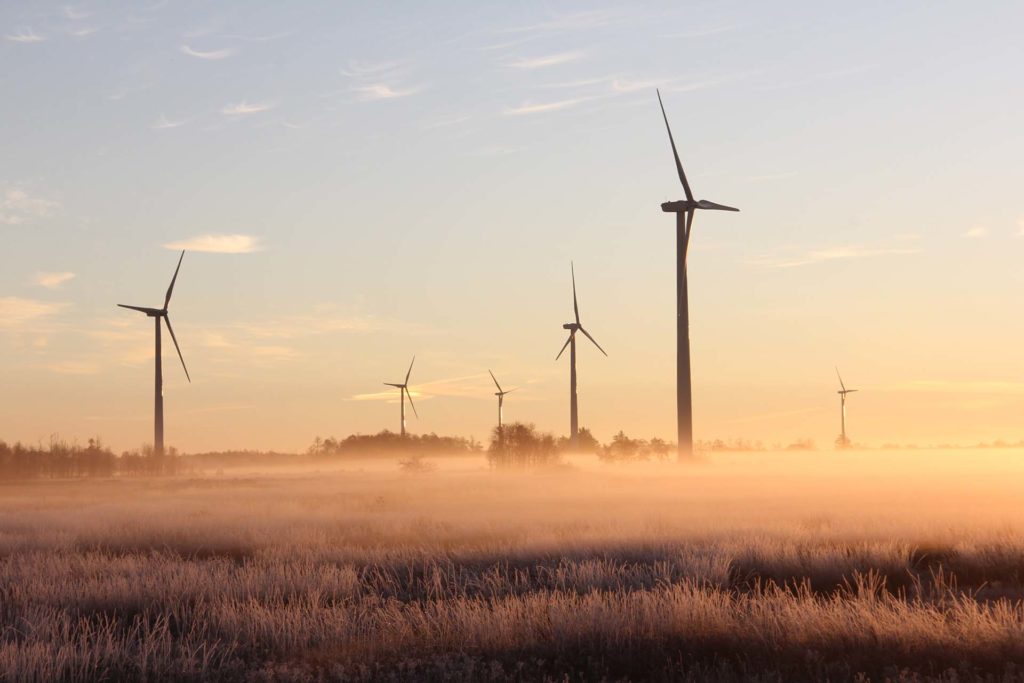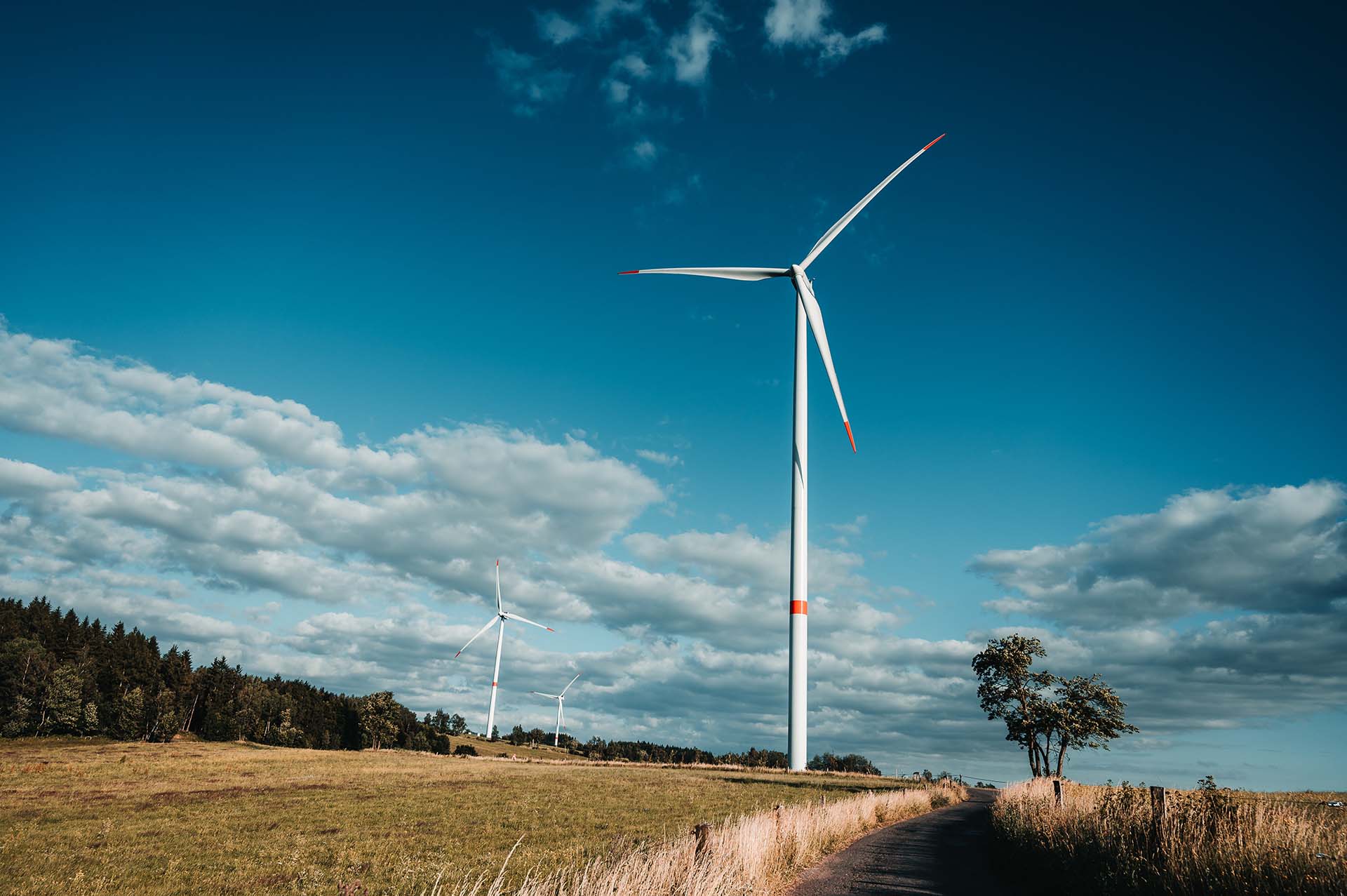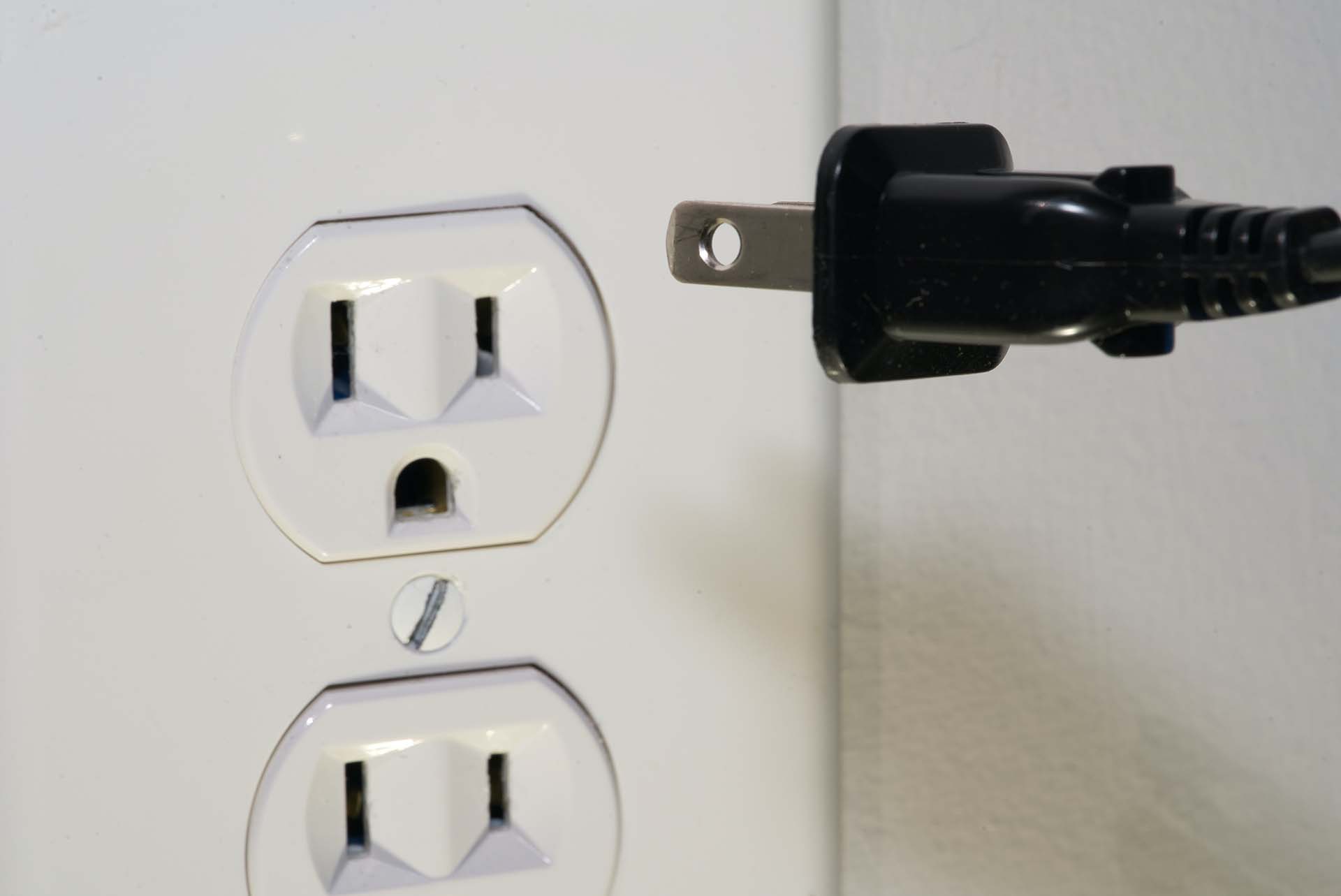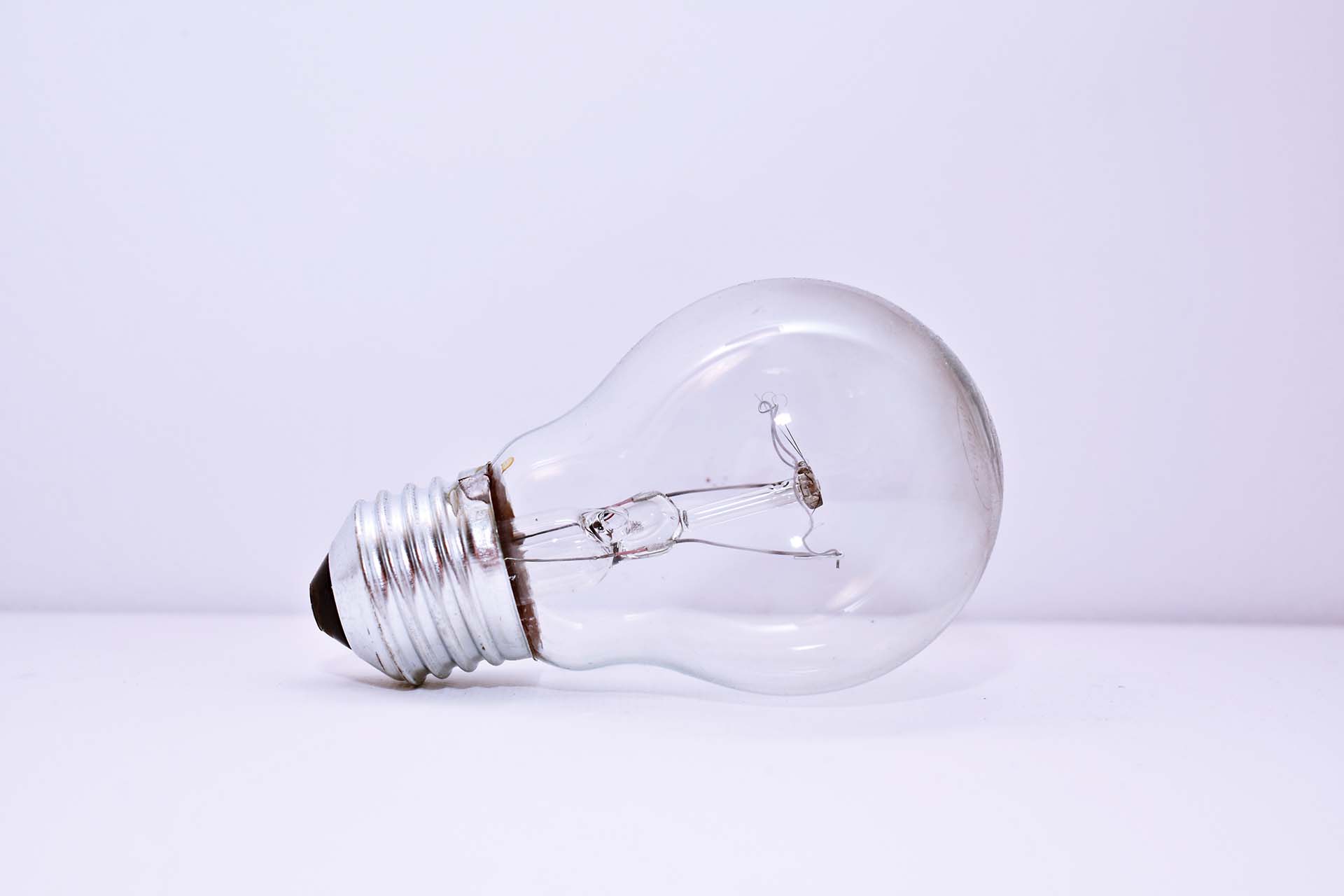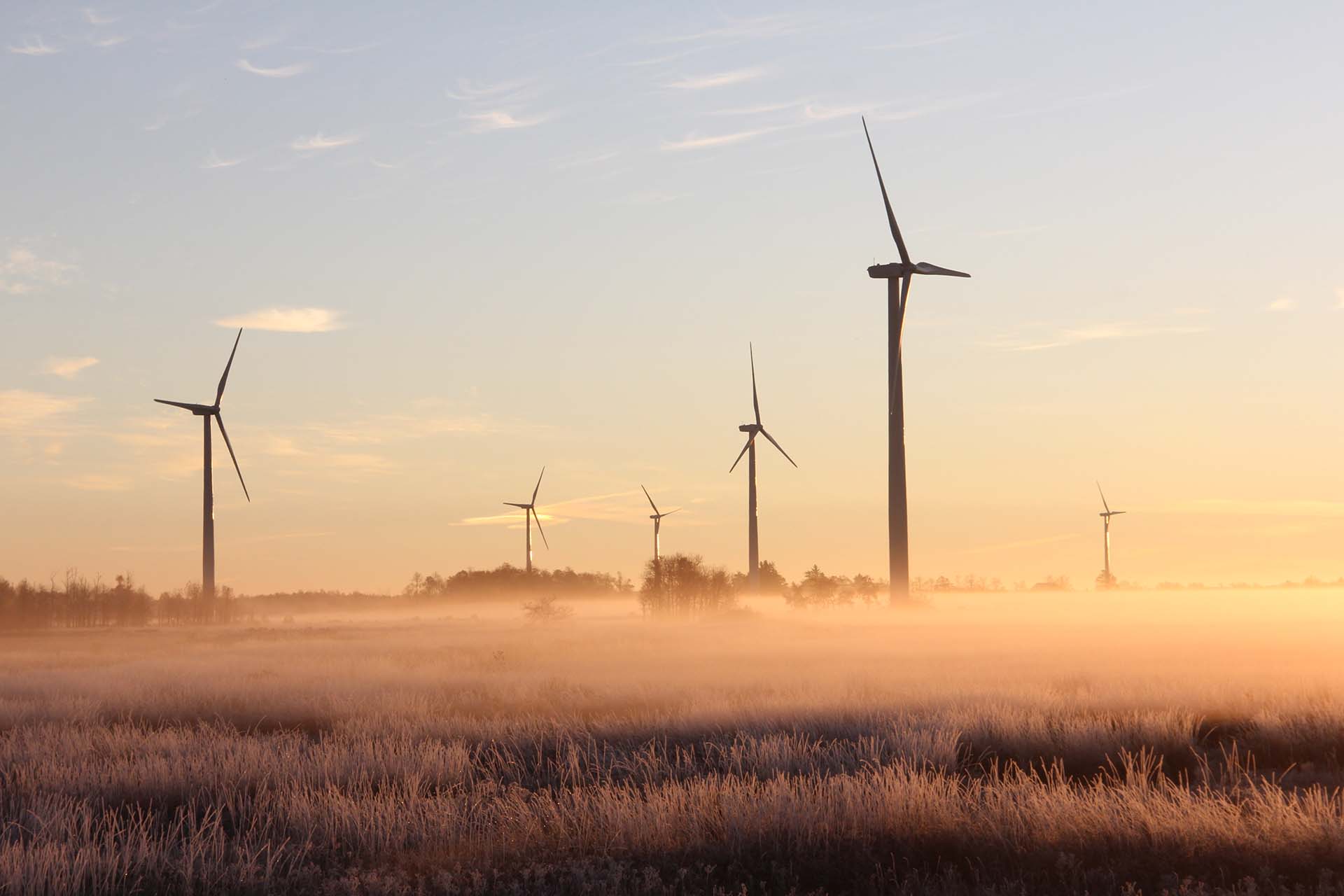Electricity demand has been rising since 2021, and around half of the increase in consumption is covered by fossil fuels. But increasing energy production to meet the demand on the market is not the answer, especially due to increased carbon dioxide emissions.
Due to the recovery of the global economy after the Covid-19 impact, the demand for electric current supply is on a significant rise. The majority of this jump in demand comes from countries in the Asian Pacific region, mostly India and China. Renewable electricity generation from replenishables such as wind and solar PV and hydropower is strongly growing, too. But, unfortunately, even with the solid increase of the partake of renewables in global production (around 8% in 2021,) it has only met around half of the demand. But how is the increase in production bad, and are there any ways to avoid it?
What Is the Importance of Energy Production?
First off, let’s start with the basics – what is the cause of energy production? We should explain why producing energy is a necessity. It has become an inevitable part of our daily lives, and both the developing and developed nations have a growing need for it. It supports social and economic progress and helps with building a better quality of life. Energy sectors also provide jobs, royalty, and tax revenues and are among leaders in technological innovation.
Which Are the Primary Sources of Energy Used to Power Electricity Production?
Most of the world’s energy production comes from hydrocarbons. According to the US Energy Information Administration, natural gas makes up about 38% of the sources used to power turbines that generate electric current. The second-largest source is coal, making up for 22% of electricity generation in power plants with mostly steam turbines.
The Share of Renewable Energy in Power Plants Is Growing
What energy source is increasing? When it comes to the statistics, we can see that about 20% of the electric current generated in the US in 2021 was made up of renewables, and it has a tendency to rise. The majority of renewable electricity generation comes from hydropower plants, up to 6.3% of the total sum, and around 31.5% of electric current supply from replenishable sources. Wind energy sources make up about 9.2% of the total generation of electricity and up to 46% of replenishable-sourced generation. It’s followed up by solar, biomass, and geothermal sources.
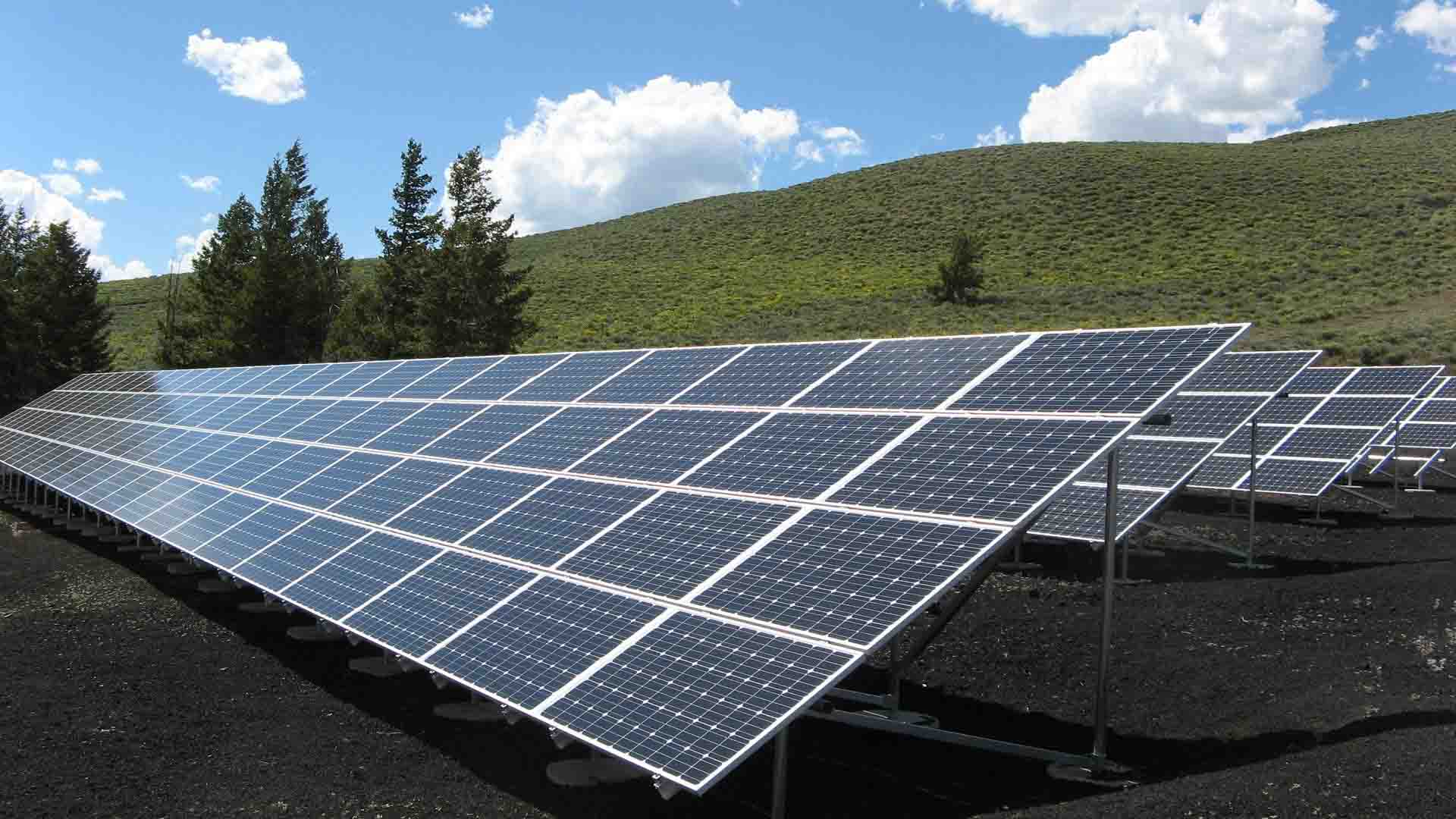
Renewable Energy or the “Green Option” Explained
Sources of energy that are either inexhaustible or very easily replenished are considered renewables. The biggest advantage of this type of source, besides the fact that it is replenishable, is that it has a really low carbon footprint. There are several forms of replenishable energy available on the market. Besides the most well-known solar and wind power, there is also the ocean power source, hydroelectric power, hydrogen conversion, geothermal, and bioenergy.
The following video gives you a more thorough look at the aforementioned forms of green solutions that can prove to be our future.
Even With the Growing Consumption, Increasing Energy Production Is a Mistake
Americans spend around $350 billion annually on electricity that powers their homes, offices, and institutions. However, around three-quarters of this power is lost and goes to waste. Such excess isn’t only a burden to finances – it’s also contributing to global warming and pollution.
What Factors Affect Energy Production? Consumption Data Around the Globe
There were two things that primarily affected the growing need for supply in electricity sources in the world in 2021. Strong economic development, combined with harsher winters and hotter summers (due to climate change,) increased worldwide electric current demand by more than 6% in 2021. It was also the highest increase since the financial crisis ended in 2010. However, Covid-19 has also affected this trend, as the second year of the pandemic returned our daily lives back to a routine.
Will This Demand Continue to Rise?
If the rising need for energy across the world is not counterbalanced by improvements in the field, consumption will continue to grow each year. The growth in the utilization of energy challenges the transition away from fossil fuels to low-carbon emission resources. It is hard for the low-carbon sources to meet this rising demand and try to replace and lower the usage of fossil fuels.
The Downsides of Burning Fossil Fuel
Both extracting and burning fossil fuels, such as natural gas, oil, and coal, has many downsides. The first issue is that these resources of energy are nonrenewable and will eventually become depleted. Other than that, they have a strong negative impact on our environment in the long run. Here’s what burning these fossil fuels does:
- Releases carbon dioxide and other gasses into the atmosphere, adding to the problem of the heat-trapping greenhouse effect around the globe.
- It also creates local air pollutants.
- Burning these fuels creates a lot of waste, and around two-thirds of the fuels are lost, mostly being vented as heat. It’s a byproduct of the electric current generation and a part of the thermodynamic process. Plants burn three units of fuel to get one unit of electricity.
Basically, sticking to fossil fuel usage leaves waste, costs money, and is catastrophic for the environment.
Impact of Natural Gas Usage and Methane Emissions
Since natural gas is the primarily used source of electricity generation, it’s important to know that with leaks, we are releasing methane into the atmosphere. It’s a greenhouse gas responsible for 25% of global warming effects. According to the EPA, oil and natural gas businesses in the United States generate approximately 9.8 million metric tons of methane emissions per year. Leaks account for half of the industry’s methane emissions. There are cost-effective technologies available that might minimize leakage by 40%, saving the United States economy and consumers $100 million per year.
| Increase in 2021 | Increase in 2022 | |
| Coal-fired generation | 5% | 3% |
| Gas-fired generation | 1% | 2% |
| Carbon emissions | 3.5% | 2.5% |
The Current Political Situation Around the Globe Is Significantly Impacting the Supply of Energy Resources
Recent years have seen some major changes in the supply and request of energy. There was an unexpected drop in demand in 2019 due to the pandemic. The following cut in production of oil in 2020 was caused by the oil prices war between Russia and Saudi Arabia. The Organization of the Petroleum Exporting Countries (OPEC) was slow in its response, hence causing a further imbalance between the supply and demand.
December 2020 has brought some new disruptions in the supply chain – China has decided to block coal imports from Australia. Combined with the severe drought in Brazil, which may have caused many electricity breakdown consequences, the global energy shortage has only deepened. And most recently, the Russian invasion of Ukraine has threatened the supply chain from Russia to Europe.

How to Work Towards the Brighter Future and Energy Reduction
All these numbers don’t show promise, and the growing power consumption leads to a bleak future. However, there are many ways to counter this outcome, both on a larger scale and individually.
We Should Go Green
We should work towards switching to renewables. Solar, wind, and other green options don’t use any fuel and thus don’t release greenhouse gasses. It’s a far more effective way to generate electric current, and it also saves money.
Cut Methane Leaks Which Contribute to Greenhouse Gas Effect
Reducing methane leaks should be a necessity for all. Just by looking at the United States, according to the EPA, gas and oil companies of this country release around 9.8 million metric tons of methane per year.
We Should Use Less Water
Massive amounts of water are used to cool the plants that burn coal and gas to generate electric current. All this water is mixed with sand and chemicals and inserted underground. Unlike burning fossil fuels, green options like wind and solar power use very small amounts of water for the electric current generation.
Eliminate Unnecessary Power Losses
Electric current travels long distances across high-voltage transmission lines to be able to reach homes, but they lose power along the way. To minimize energy loss along the transmission wires, homes and businesses should be a short distance from their power sources, like solar panels on rooftops.
Voltage Optimization Is a Step Toward Home Automation
People often receive higher voltage than they need. To be able to reduce this waste, we should all strive for “voltage optimization.” A good smart home system can monitor power consumption. Energy metering is an important way to figure out how much you waste and where you can apply smart energy consumption.
Turn to Energy-Saving Tools
From smart appliances to configuring a smart house, we have come to the moment in time when our devices help us lead more comfortable lives. But on top of that, in the threat of losing significant energy sources, extending an existing smart house can help us notably reduce the utilization, and thus – the world’s power manufacture. A properly applied smart technology can be used to monitor the system, make cuts where the power is wasted and reduce pollution in the process.
A Smart Home Is a Way to a Better Future
What was once inconceivable is becoming more and more our reality – an automated home you are in control of. There are many benefits this technological advancement brings – from better safety to the monitoring of processes inside the house, whether you’re in or outside of it. They are also eco-friendly and can save you a lot of money in the long run.
So, let’s analyze some smart house expectations. Reducing electric current usage with smart home improvements doesn’t mean that it restricts you when it comes to electricity utilization. You are in control of the processes and the monitoring system helps you figure out where you can cut the costs and unnecessary energy waste.

Work Together to Launch These Solutions
Smart homes are our future and they may be one of the best answers to reducing the consumption of energy on a global scale. But the technology isn’t flawless, and the cost of installing a smart house might be the biggest obstacle. These kinds of homes are reliant on reliable internet connections, and there may be some connectivity problems, as well as non-compatible devices. The other biggest concern is privacy since these devices collect and store data.
However, the idea behind our smart home automation system is to install a decentralized system at a lower cost. While you wonder if a smart house is healthy because of the constant use of WiFi, our smart technology will be based on a new type of connection that leaves an insignificant footprint on its surroundings. One of the other benefits of our decentralized system is that it provides privacy, doesn’t collect any significant personal data of the user, and is much less likely to be hacked. Almost impossible.
We are currently looking to partner up with companies of similar interests, as our main goal is to implement this new way of thinking on a larger scale and thus take a great step forward to a brighter future. A future with lower energy utilization and an eradicated carbon footprint.


